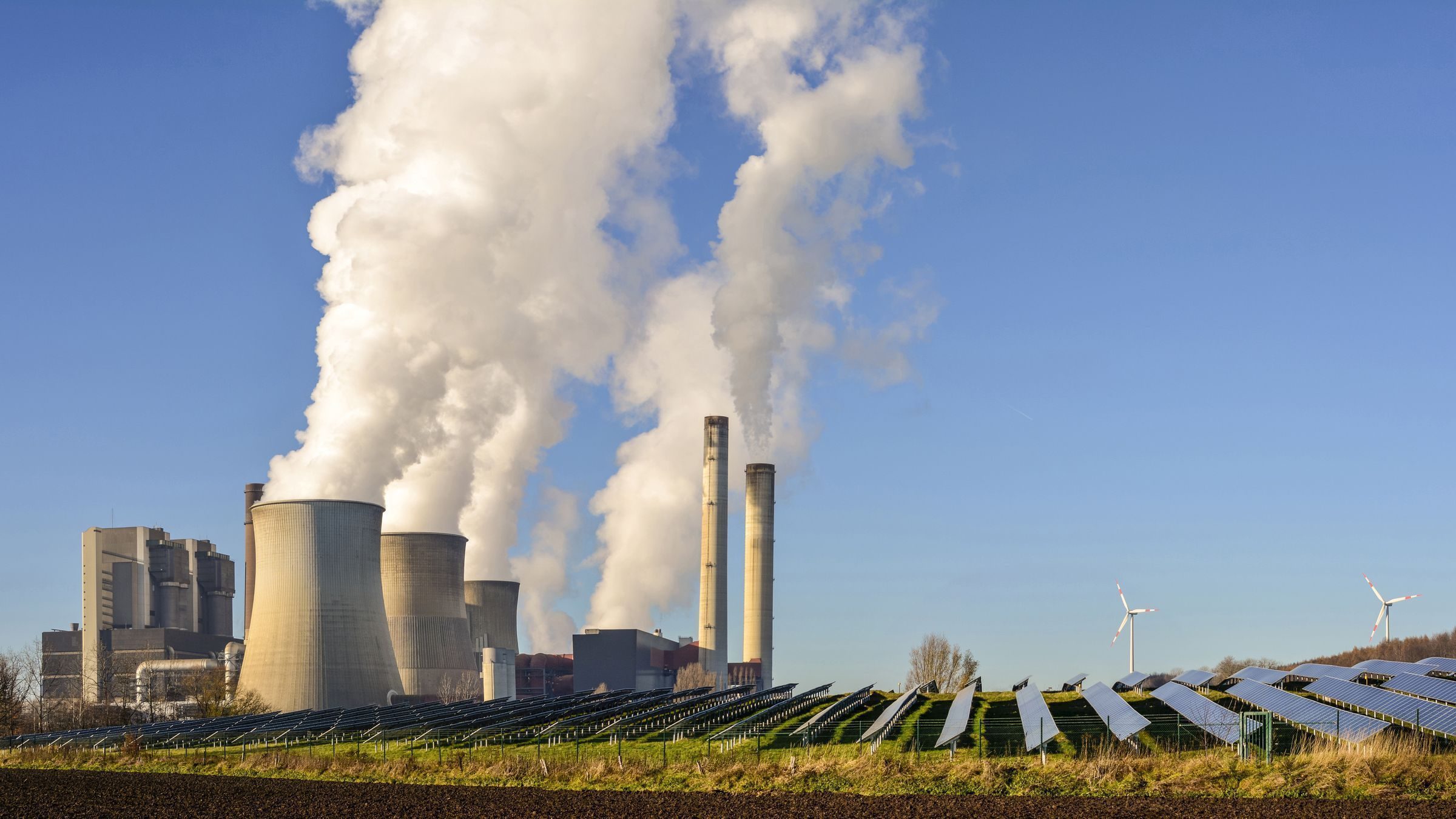
On behalf of the Ministry of Economic Affairs, Innovation, Digitalisation and Energy of North Rhine-Westphalia, the EWI conducted a study on the effects of the coal phase-out path proposed by the “Commission on Growth, Structural Change and Employment”. To this end, the European electricity market model DIMENSION+ was used to compare the developments of a reference scenario with those of the coal phase-out scenario. Based on this analysis and further investigations, an international comparison of electricity prices for selected power-intensive industries was made.
In the scenario analysis, the EWI reaches the following key results: The recommended phase-out path makes it possible to achieve the 2030 climate target for the energy sector even with a moderate increase in demand for electricity. Whereas this target is clearly missed in the reference scenario. Throughout Europe, 1,000 million tonnes of CO2 will be saved by phasing out coal. However, in the coal phase-out scenario, an ambitious expansion of the number of peak-load power plants by 2025 is necessary in order to ensure security of supply.
Electricity prices will rise significantly in both scenarios due to rising prices for CO2 certificates. In the corresponding scenario, the exit from coal leads to an additional moderate rise in electricity prices. For the German industrial companies considered, electricity prices are rising relatively strongly in both scenarios compared with foreign prices. Aid payments to compensate indirect CO2 costs (so-called electricity price compensation) can reduce the increase in electricity prices.